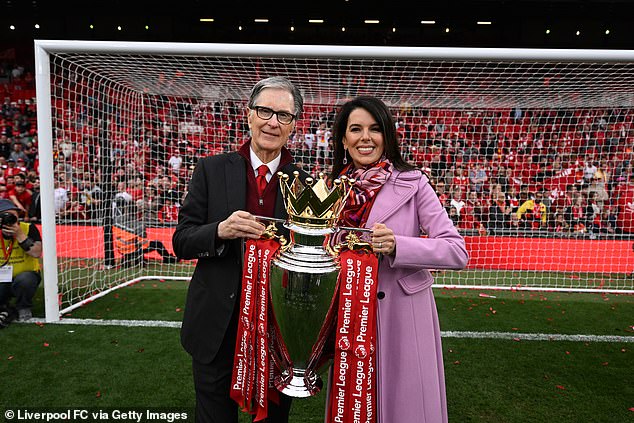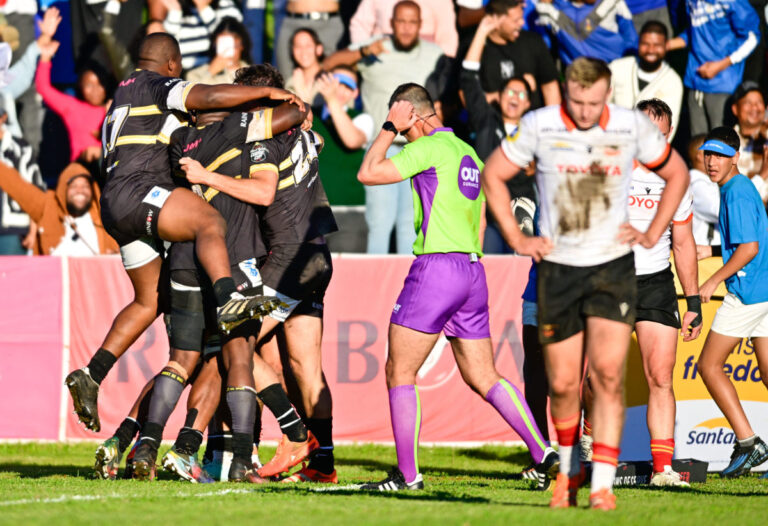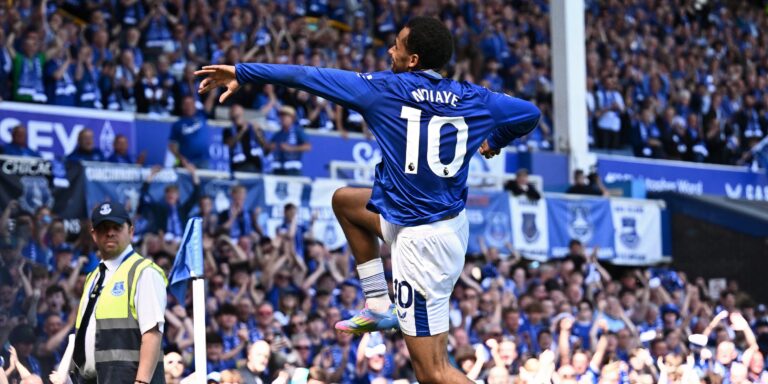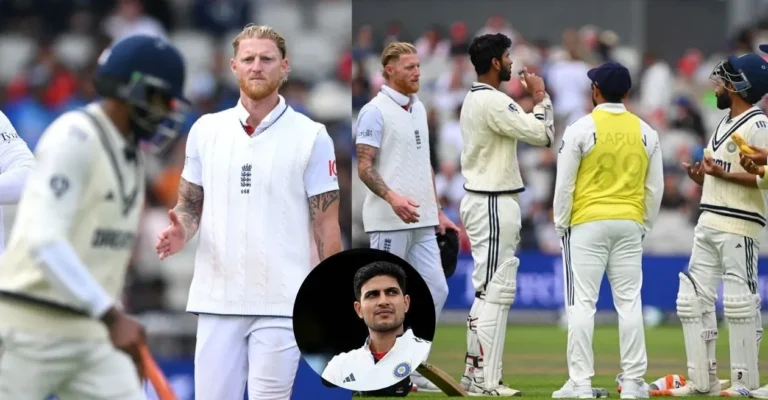
A patchy, nervy four-point win against a mostly second-string French side, was hardly the dynamic and emphatic start the All Blacks were looking for in 2025. They opened their season with a performance that was just too inaccurate to get overly excited about. There were 18 handling errors, their kick-chase game descended into slap-stick farce at times, and the defence had occasional giant holes in it.
But at the core of their 31-27 victory in Dunedin was a precise and high-functioning lineout and a scrum that was never under any pressure and at times was weaponised to win penalties. The fact that the best scrum of the night was produced in the 78th minute to win a penalty and effectively close out the game was massively significant in not only what it did in the context of the match, but for what it says about the potential of the All Blacks in this World Cup cycle.
Last year, the constant lament from head coach Scott Robertson was that he didn’t have the depth or experience to build a high-impact bench. Twice against the Springboks, the All Blacks were in the lead and in control, only to be overhauled in the final quarter when South Africa’s bomb squad entered and New Zealand had no ability to match them.
There were so many areas in which the All Blacks wilted in the last quarter of big games last year, but none more obvious or damaging than in their set-piece application. Their scrum was rarely destructive in the final quarter of big games and their lineout would be guilty of the odd overthrow or miscommunication in the critical final stages.

But in Dunedin, Robertson got his impact, and both the scrum and lineout remained flawless throughout the 80 minutes. The most telling highlight came when stand-in All Blacks captain Ardie Savea made the decision to scrum for a penalty in front of their own posts with two minutes to go.
It was a decision that majorly paid off, as the All Blacks exerted enough pressure to splinter the French front-row and they popped up to deliver the reward the home side wanted.
“The boys had a conversation around are we going to scrum for that penalty at the end or are we going to play and Ardie said, ‘No, let’s go after them’,” All Blacks forwards coach Jason Ryan said. “That is being assertive in decision making. It was a moment.”
And it was a moment because at that time, the All Blacks had four debutantes on the field and the combined experience of seven of their forwards was less than that of Savea alone. That one scrum confirmed that the All Blacks are building genuine depth in their forwards, and that the general standard of New Zealand’s set-piece play is now considerably higher than it was five years ago.
New Zealand teams naturally want to play fast and challenge the opposition aerobically, but to be able to execute that at the highest level, there has to be a strong foundation of proficient and aggressive scrummaging and accurate lineout work. And maybe that respect for the set-piece got lost in Covid.
Throughout 2021 and certainly in the first half of 2022, the All Blacks were battling at scrum and lineout. South Africa, Ireland and France were all able to expose weakness and while some of this was partly due to a coaching issue – forwards coach John Plumtree was sacked after Ireland won the series in July 2022 – some of it related to the enforced insular nature of Super Rugby in the Covid years.
In 2020 and 2021 New Zealand’s Super Rugby teams were mostly left to play themselves due to the closed international border, and the mindset of seeing the set-piece as only a means to re-start the game gripped hard.
New Zealand teams naturally want to play fast and challenge the opposition aerobically, but to be able to execute that at the highest level, there has to be a strong foundation of proficient and aggressive scrummaging and accurate lineout work. And maybe that respect for the set-piece got lost in Covid, and it has impacted all the way through the development pathway.
Matt Sexton, who has charge of the New Zealand Under-20 team at the Junior World Championship, said just before the team set off for Italy, that upskilling the players at scrum and lineout was a specific part of the preparation.
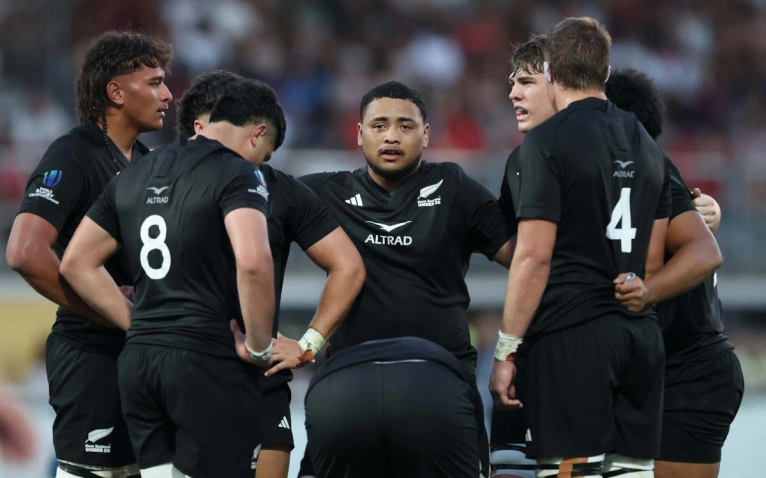
“It is a mindset,” he said. “The thing is you look at the Six Nations and they have a set-piece focus and they have got a good game. Our approach is that set-pieces are about starting the game and we probably don’t put as much emphasis on that as other countries do which is why we have to do a bit of catch-up work.
“That is why we have a set-piece camp where we spend two and a half days in dark places in the maul and the scrum to get us up to a test match level.” The re-opening of the border and the greater international exposure, combined with the remedial work being carried out at age-grade level, is helping change the picture for New Zealand.
That, and the decision by the All Blacks to bring in former Hurricanes and London Irish lock Bryn Evans as a specialist lineout coach, has delivered a significant upskilling of the pack.
With Ryan now able to focus more on coaching the scrum and Evans on lineouts, and a greater appreciation among the playing group about the importance of set-piece at international level, the All Blacks are now seeing players emerge into their ranks with genuine capability to make an impact. It’s apparent that the All Blacks have plenty of work to do on their kicking game and indeed their catching ability as they didn’t manage to retrieve a single contestable high ball in Dunedin.
Tupou Vaa’i has grown in stature over the last two years and is arguably the best lock in the country now.
They also have plenty of work to do in tightening their defence and being more technically precise at the breakdown, but as this season plays out, whatever ambitions the All Blacks have to play a high-tempo, multi-faceted style of rugby will only be achieved if they can get their scrummaging and lineout work bang on each time they play.
And that is where the excitement is brewing within the coaching group as they are starting to feel that they are developing such a range of tight five players as to be able to cope with the inevitable injuries they will incur throughout the year. They have already lost captain Scott Barrett, but that blow will largely be absorbed by promoting the hugely experienced and capable Blues captain Patrick Tuipulotu.
Fabian Holland played 80 minutes on debut and looked the part. He won his ball at number two and at 2.04m and 125kg, he gave the scrum the sort of horsepower it needs, and Tupou Vaa’i has grown in stature over the last two years and is arguably the best lock in the country now.
Behind that top tier of talent, the injured Sam Darry showed last year he can play at this level, as has Josh Lord, while Naitoa Ah Kuoi has been drafted in to cover Barrett and may get his chance in this series to see if he can replicate his impressive Super Rugby form.
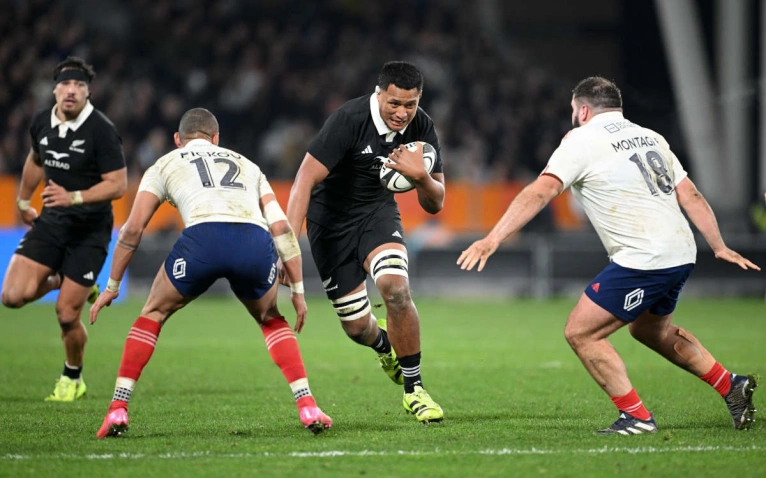
The front-row stocks are yet more impressive, still. Fletcher Newell attacked the French in much the same way he took apart the respective front-rows of the Blues and Chiefs in the last two weeks of Super Rugby. Tosi, a huge man with the ability to contribute with the ball in hand, did his part in winning that last scrum penalty and he’s a player who the coaches believe has significant growth potential.
Codie Taylor is a world class hooker and Samisoni Taukei’aho, like he nearly always does, made a genuine impact off the bench in Dunedin, and the injured Asafo Aumua will shortly be back to deepen the pool of hookers. With Tyrel Lomax hopeful of soon returning, Tamaiti Williams to come back into the mix in September after knee surgery, the extended cast of legitimate tight five characters is the real strength of this All Blacks team.
The depth is there to handle all sorts of dramas and injury scenarios and while Robertson was eager to focus on the areas the All Blacks need to improve in the second test against France, he couldn’t hide the confidence he now has in his team to excel at the foundation parts of the game.
“We broke 20 tackles, made 13 linebreaks – so that’s probably a reflection of what we created and again, it’s just the finishing part. Let’s get started with finishing those opportunities, you know, the set piece was outstanding, we’ve put a lot of work into it.”
